 QUITO, Ecuador-Ecuador's Tungurahua volcano shot columns of ash miles into the air on Wednesday, as officials ordered the evacuation of 3,000 villagers living near its slopes.
QUITO, Ecuador-Ecuador's Tungurahua volcano shot columns of ash miles into the air on Wednesday, as officials ordered the evacuation of 3,000 villagers living near its slopes.Some 1,000 villagers from the western flanks of the 16,575-foot volcano fled their homes for shelters at dawn, said Mauro Rodriguez, director of Civil Defense.He said 11 families who refused to leave, fearing looters, were removed by force. "We've taken all of the precautions possible," President Rafael Correa told reporters on Wednesday, adding that a state of emergency already in place in the area will be extended for 60 days.Juan Salazar, the mayor of the nearby village of Penipe, said 3,000 people needed to be evacuated — a figure that included the 1,000 villagers who had already fled.Experts at the Geophysics Institute warn that the intense activity shows no sign of slowing down, and compared it to the massive 2006 Tungurahua eruptions that buried entire villages, leaving at least four dead and thousands homeless."The volcano has entered a new explosive eruption cycle, a process which does not seem to be slowing down," said Hugo Yepez, director of the Geophysics Institute.The institute said Wednesday's eruptions shot ash six miles into the air.Populations on Tungurahua's western flank have been most affected, particularly the communities of Bilbao, Cusua, Chacauco and Puela. The popular tourist town of Banos near the volcano, is currently not at risk.There were no reported victims, according to Roberto Rodriguez, the Civil Defense director.Ash billowing from Tungurahua, whose name means "throat of fire" in the local indigenous Quichua language, has already covered thousands of acres of farmland, destroying property, crops and livestock.
Tungurahua, located 95 miles southeast of the capital of Quito, has been active since 1999.
Separately, a volcano in southern Chile that erupted the first day of the year has resumed "permanent eruptive activity" but it poses no immediate danger to any populated area, authorities said."The volume of lava emission is very small and it has reached only some 4,900 feet from the crater" of the Llaima volcano, said Juan Cayupi, a vulcanologist with the Emergency Bureau. Llaima volcano lies 400 miles south of Santiago.
As in the days of Noah....

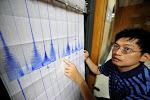

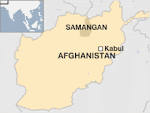






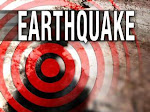
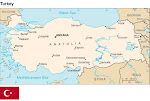
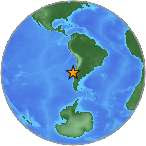




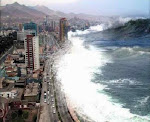

.jpg)


.bmp)
No comments:
Post a Comment